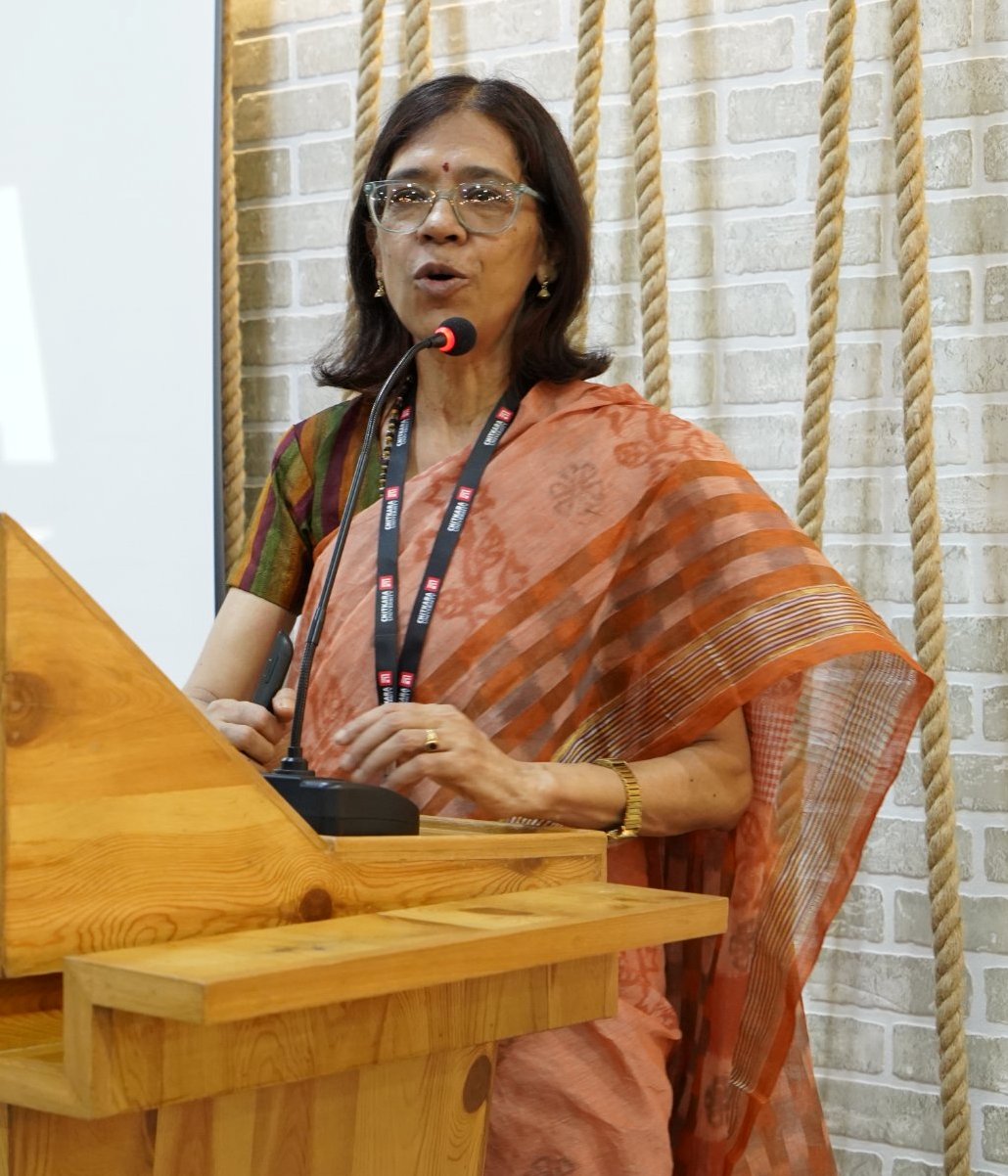Dinesh K Kapila. Chief General Manager (Retd) NABARD
Punjab’s agricultural landscape is constrained by a lack of diversity, leading to an infrastructure primarily designed for a narrow range of crops and production methods. This issue is closely tied to the phenomenon of stubble burning, which contributes to nutrient depletion in the soil.
For instance, in Siru, policy measures must be unified and executed effectively while involving all stakeholders. This approach should prioritize calibrated diversification. Such diversification is crucial but needs to be deepened. Although the area under cultivation for crops like potatoes, kinnow, and various vegetables has increased, robust infrastructure and pricing support mechanisms are essential to sustain this growth.

Pricing and Affordability
Pricing remains a fundamental concern for supporting diversification efforts. The losses from transmission and distribution that electricity companies once faced are now reflected in the margins and pricing mechanisms within agricultural markets. Prices must consider consumer affordability and nutritional needs, as well as maintain stability—illustrated by the volatility in cauliflower and tomato prices.
Irrigation Concerns
In terms of irrigation, paddy cultivation requires a recharge of 19 billion cubic meters (BCM), while the extraction amounts to 28 BCM. Farmers are aware of this imbalance but need state support and possibly effective public-private partnerships (PPP), given that paddy farming demands significantly more irrigation resources.
There’s also the issue of farm machinery. Rising fuel costs and the focus on specific equipment types are challenges that need addressing. High burn districts still predominantly grow long-duration paddy, although short-duration crops are on the rise. Medium and large farmers are more likely to engage in stubble burning, often resorting to partial burning and heavy machinery use.
Myths regarding the effects of in-situ stubble management on wheat crops need to be dispelled. In-situ methods are often perceived as more expensive than ex-situ options, but the financial returns do not always match these perceptions. Knowledge gaps exist, highlighting the need for practical guides and regular workshops. Farmers who lease land are often excluded from formal support mechanisms, an area requiring urgent attention given these contracts are usually informal.
Market Viability and Equipment Testing
Another area that requires strengthening is the creation of a viable market for crop residue. Testing and obtaining feedback on equipment that is effective in the field is important, as is focusing on the most productive machinery.
In terms of water management, Punjab has 22 blocks classified as safe, 12 as semi-critical, 4 as critical, and 115 as over-exploited, each classification bringing serious implications.
Credibility of Government Initiatives
It is paradoxical that government-led initiatives are often viewed as less credible than insights from various stakeholders. This situation underscores the necessity for effective communication channels and actions that reinforce policy initiatives from both the central and state governments.
Key Statistics and Solutions for Stubble Burning
- Stubble Quantification: Punjab produces approximately 220 lakh tonnes of stubble with paddy. Biomass power plants consume around 50 lakh tonnes, leaving 170 lakh tonnes, of which 100 lakh tonnes remain unmanaged, with most farmers opting to burn it.
- Drivers of Stubble Burning: Increased mechanization, specifically the use of combines during harvest, leaves about 8-10 inches of stubble. The limited time between paddy harvest and wheat sowing drives farmers to burn the residue as a quick and cost-effective clearing method.
- Fire Incidences: Although there has been a decrease since the peak in the 2020-21 season, challenges related to stubble burning persist.
- Proposed Solutions:
- In-Situ Treatment: This method involves incorporating stubble back into the soil to reduce nutrient loss.
- Ex-Situ Treatment: This approach explores alternative uses of stubble, like biofuel and packaging materials. However, paddy stubble is not chosen as fodder in Punjab due to its high silica content and the availability of green maize and wheat straw as alternatives.
- Changing Cropping Patterns: While this is challenging—given the need for more remunerative crops to replace paddy—it holds potential for significant long-term impact.
- Paddy as a Major Kharif Crop: Even though the state allows for late sowing, there is still an opportunity for stubble management. Nonetheless, burning continues to be the preferred method of removal.
- Crop Residue Management (CRM) Machinery: About 200,000 CRM machines, including Happy Seeders and Super Seeders, have been deployed. This machinery is essential for both in-situ and ex-situ management and is currently in sufficient supply.
- Rental Machinery Model: The custom hiring center (CHC) system has not met its adoption targets due to inefficiencies like erratic wait times. Many farmers prefer owning their CRM machines, although rising fuel costs are a concern. The app for accessing this machinery needs to operate smoothly.

- Innovations from Punjab Agricultural University: The Smart Seeder, a new machine developed by PAU, has been incorporated into the CRM scheme and offers financial assistance of up to 50%. This device can operate with lower horsepower tractors (45 HP), unlike other machines that require 50 HP or more.
- Shelf Life of Initiatives: All initiatives—from institutional to corporate and government—tend to have a limited lifespan. In Punjab, the established wheat-paddy rotation has historically been bolstered by assured pricing support, a condition now being sought for maize and other alternatives. A careful transition accompanied by well-calibrated execution steps and strong infrastructural and institutional support is necessary.
- Technological Advancements: The future direction must focus on technology, enhancing quality assessment, input management, precision agriculture, and logistics.
- Improving Administrative Efficiency: There is a need for rigorous monitoring and review processes, proper manpower allocation, and revitalization of extension services. Formal markets require increased transparency and efficiency, fostering a competitive environment that incentivizes performance.
Government Initiatives in CRM
- Subsidies for CRM Machinery: Farmers can receive significant subsidies for purchasing CRM equipment, with groups eligible for up to 80% off for 10 machines and individual farmers for 50%.
- Incentives for Utilizing Stubble as Fuel: Certain industries, such as sugar and paper mills, are permitted to use paddy stubble as fuel, particularly for boilers with a capacity of 25 tonnes per hour (TPH). The government has also introduced fiscal and non-fiscal incentives to encourage this industrial use.
- Ex-Situ Management Initiatives: The Punjab Energy Development Authority (PEDA) has established biomass power plants that utilize 8.80 lakh metric tonnes of paddy stubble annually for electricity generation. Additionally, eight Bio-CNG projects are either underway or starting operations in the state, requiring approximately 300,000 metric tonnes of stubble annually. India’s largest Bio-CNG project was also launched in Lehragaga tehsil, Sangrur district, under a public-private partnership model, along with a Bioethanol project needing 200,000 metric tonnes of paddy stubble each year




